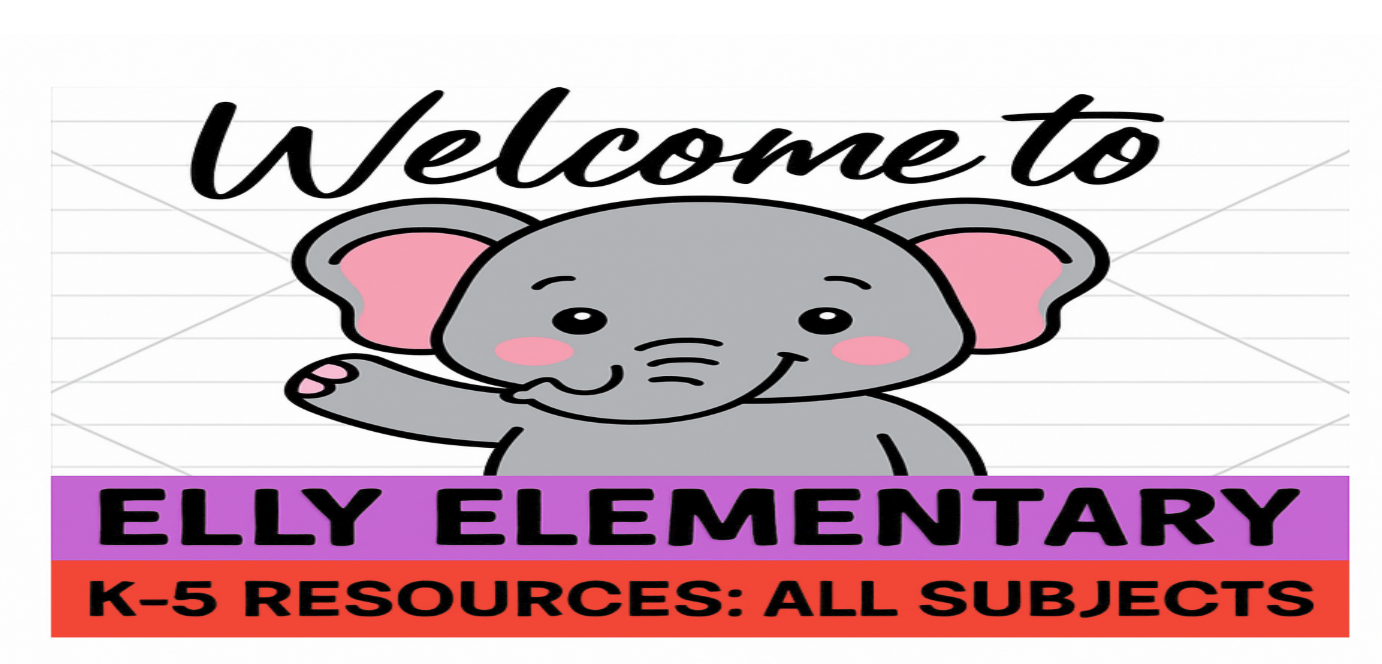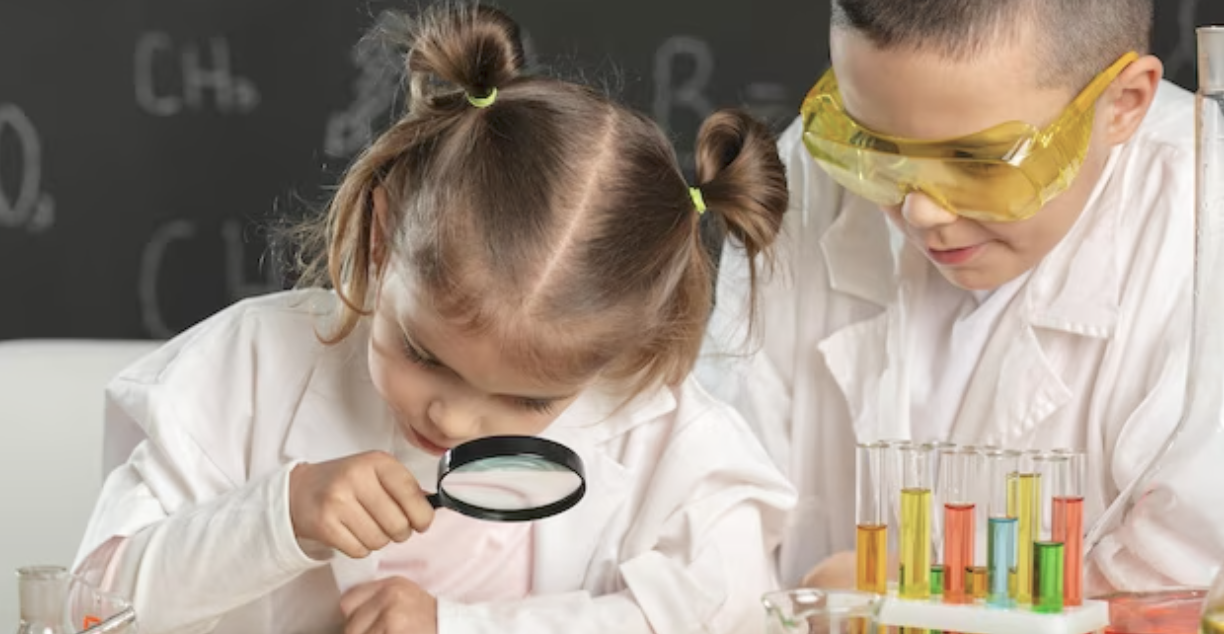Science experiments help children understand concepts by providing hands-on, interactive experiences that make abstract ideas tangible. Here are a few ways experiments facilitate learning:
- Engagement and Interest: Experiments are usually fun and exciting, which helps to capture children's interest and make learning enjoyable.
- Active Learning: By actively participating in experiments, children are more likely to understand and remember the concepts being taught. They move from passive recipients of information to active learners.
- Concrete Understanding: Abstract concepts become more concrete when children can see and manipulate the materials involved. For example, understanding the states of matter is easier when children can observe water freezing or boiling.
- Critical Thinking and Problem Solving: Experiments often require children to make predictions, observe outcomes, and draw conclusions, which fosters critical thinking and problem-solving skills.
- Scientific Method: Experiments introduce children to the scientific method—asking questions, forming hypotheses, conducting tests, and analyzing results—which is fundamental to understanding scientific inquiry.
- Real-World Connections: Experiments can demonstrate how scientific concepts apply to the real world, helping children see the relevance of what they are learning.
- Collaboration and Communication: Many experiments involve group work, which helps children develop collaboration and communication skills as they discuss their observations and findings.
Overall, science experiments make learning interactive, memorable, and meaningful, helping children grasp scientific concepts more effectively. Check out some of my Science Experiments resources:
- How to Make a Bouncing Egg & Other Science Experiments
- Changes in Matter
- Day & Night: Review & Experiments
STEM learning is an educational approach that integrates science, technology, engineering, and mathematics. The goal of STEM education is to equip students with critical thinking, problem-solving, and analytical skills by teaching them in an interdisciplinary and applied learning context. Here are some key aspects of STEM learning:
- Interdisciplinary Approach: STEM learning breaks down the traditional barriers between the four disciplines and integrates them into a cohesive learning paradigm based on real-world applications.
- Hands-On Learning: Students engage in hands-on activities and projects that require them to apply concepts from science, technology, engineering, and mathematics to solve problems.
- Critical Thinking and Problem Solving: STEM education emphasizes the development of critical thinking and problem-solving skills. Students are often presented with challenges that require them to think creatively and come up with innovative solutions.
- Collaboration and Communication: STEM learning often involves collaborative projects where students work together to achieve common goals. This helps them develop teamwork and communication skills.
- Real-World Relevance: By focusing on practical applications, STEM learning helps students understand the relevance of their education to the real world. This can increase engagement and motivation.
- Use of Technology: Technology is an integral part of STEM education. Students learn to use various technological tools and resources, which prepares them for the demands of the modern workforce.
- Inquiry-Based Learning: STEM education encourages inquiry and exploration. Students learn by asking questions, conducting experiments, and discovering answers through investigation.
- Future-Ready Skills: STEM learning aims to prepare students for future careers in a rapidly evolving job market, where skills in science, technology, engineering, and mathematics are increasingly important.
Overall, STEM learning provides students with a comprehensive education that equips them with the knowledge and skills needed to thrive in a technologically advanced and scientifically complex world. Check out my EBOOK: FROM ABC TO STEM
Visit my store, Elly Elementary, for other science resources as well as math and reading unit plans. Check out my Facebook and Instagram pages too.
What is your favorite science experiment? Please comment below.



Comments ()